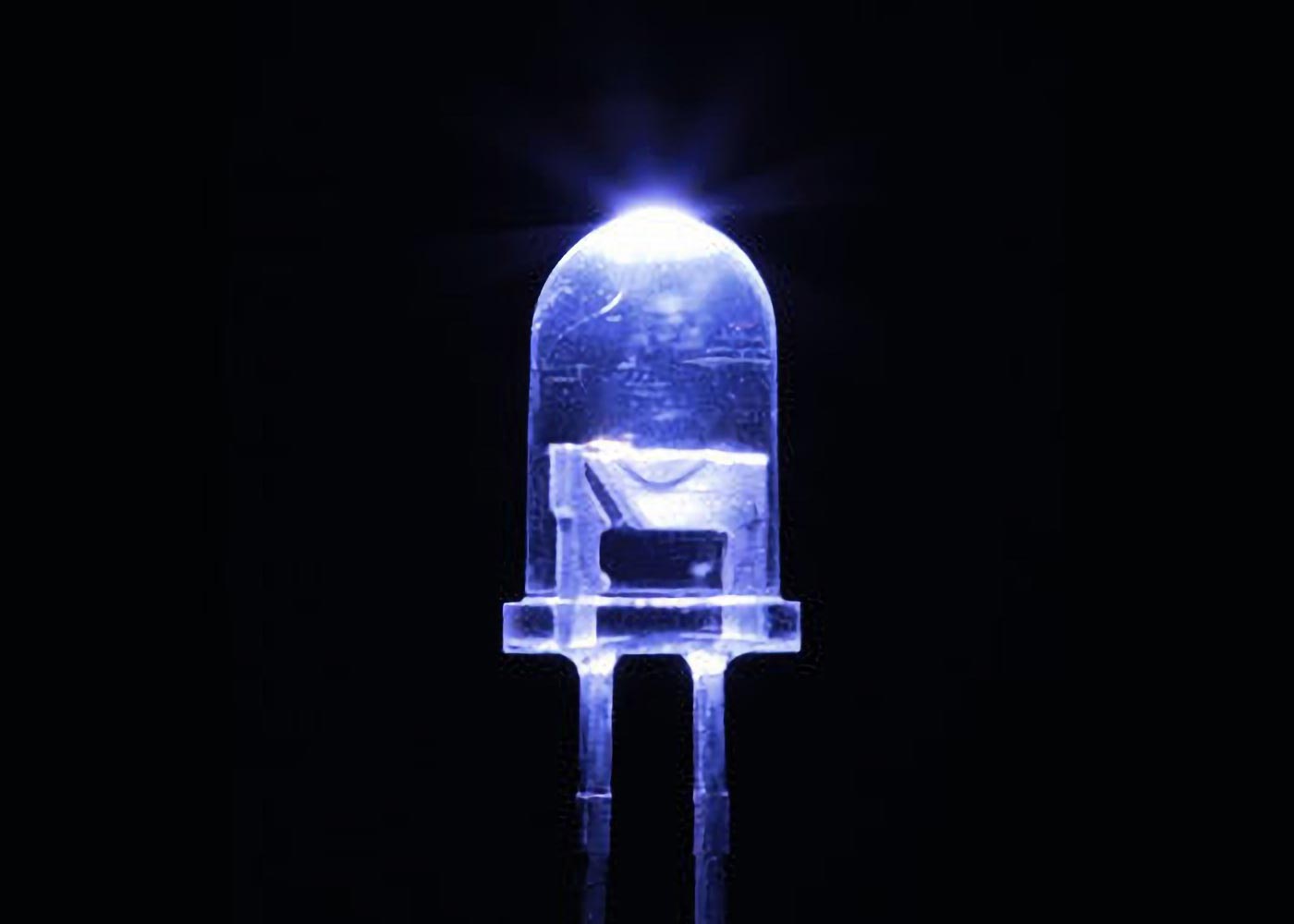
Figure 1 : La plupart des LED émettent de la lumière visible, mais les physiciens du RIKEN ont créé une LED qui émet dans une région étroite des rayons ultraviolets lointains et qui est sans danger pour les humains mais mortelle pour les virus et les bactéries. crédit : RIKEN
Une lampe LED puissante peut désinfecter efficacement les surfaces tout en assurant la sécurité des personnes.
Les physiciens de RIKEN ont conçu une lampe LED à haut rendement qui est antimicrobienne et antivirale mais sans danger pour l’homme. Un jour, cela pourrait aider les pays à sortir de l’ombre des épidémies en tuant les agents pathogènes dans des pièces pleines de monde.
Les lampes germicides ultraviolettes sont très efficaces pour tuer les bactéries et les virus. En fait, ils sont couramment utilisés dans les hôpitaux pour stériliser les surfaces et instruments médicaux.

Masafumi Jo et deux collègues ont conçu une lampe LED qui aide à protéger la société contre les épidémies. crédit : RIKEN
Des lampes de ce type peuvent être créées à l’aide de LED, ce qui les rend économes en énergie. Cependant, ces lumières LED produisent une lumière ultraviolette dans une gamme qui est nocive[{ » attribute= » »>DNA and therefore cannot be used around people. The search is on to develop efficient LEDs that shine light within a narrow band of far-ultraviolet light that appears to be both good at disinfecting while remaining safe for people.
Germicidal LED lamps that operate in the absence of humans are often made from aluminum, gallium, and nitrogen. By increasing the amount of aluminum they contain, these LEDs can be modified to work in a wavelength region that is safe for humans. This approach has been used before but has resulted in dramatically reduced power.
To work through this issue, three physicists at RIKEN Quantum Optodevice Laboratory, Masafumi Jo, Yuri Itokazu, and Hideki Hirayama, created an LED with a more complex design. They sandwiched together multiple layers, each containing slightly different proportions of aluminum. In addition, in some layers they also added tiny amounts of silicon or magnesium.
This effectively created an obstacle course for electrons, hindering their movement across the material and trapping them for longer in certain areas. This resulted in an increased amount of light emitted by the device and a reduced amount absorbed by it.
The team used computer simulations to model all possible effects to help pin down the ideal design. “We then grew samples to see if it was effective or not,” Jo says. Precisely controlling the thickness of each layer was the biggest experimental challenge. They ended up with an LED operating in the far ultraviolet, with an output power almost ten times higher than their previous best.
The COVID-19 pandemic brought a new consciousness of the importance of being able to eradicate viruses and microbes on surfaces. “We trust that our findings and technologies will be very useful for safeguarding society against this and future pandemics,” says Jo.
Jo adds that the trio will strive to improve their LED’s performance even further. “There’s still much room for improvement in the output power and the power efficiency,” he notes.
Reference: “Milliwatt-power far-UVC AlGaN LEDs on sapphire substrates” by Masafumi Jo, Yuri Itokazu and Hideki Hirayama, 25 May 2022, Applied Physics Letters.
DOI: 10.1063/5.0088454







More Stories
Quelle est la prochaine grande nouveauté en matière de perte de poids ?
Une nouvelle découverte pourrait réécrire les livres sur la génétique
Compenser le sommeil le week-end pourrait réduire d’un cinquième le risque de maladie cardiaque – étude | Maladie cardiaque